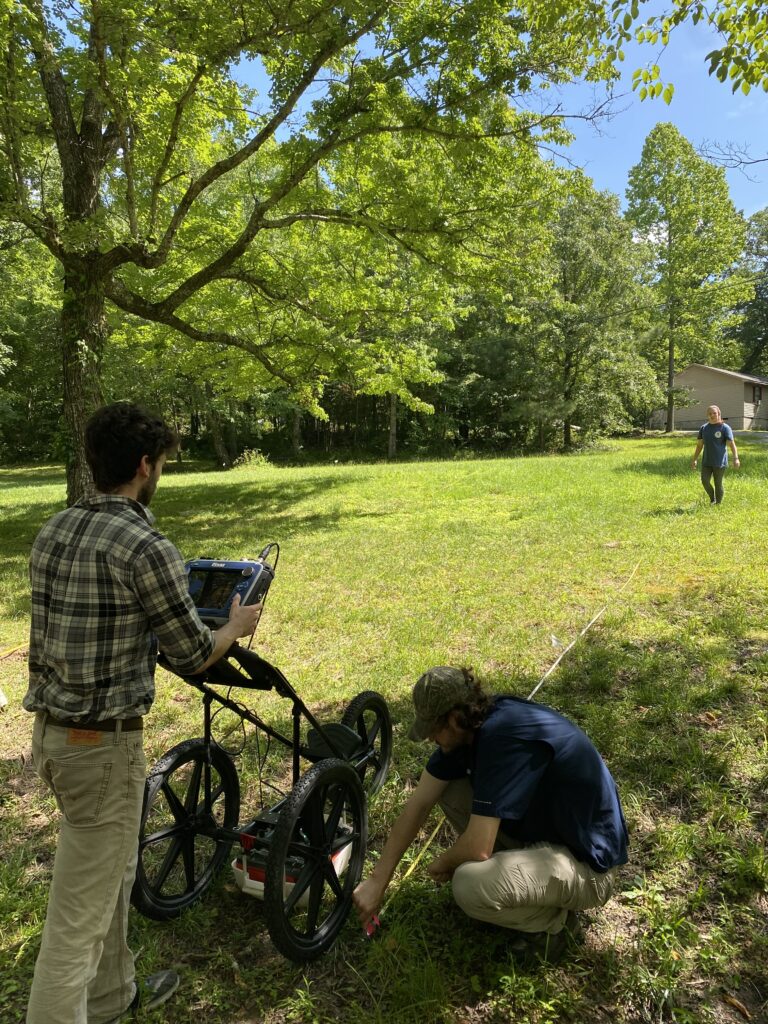This week the Roberson Project interns went on a research trip to Nashville. First we visited Fort Negley, which was built by the union army during the occupation of Nashville during the Civil War. Interestingly, after the war the area around the fort became a community for recently freed enslaved people during reconstruction, which is a part of the fort’s history which has been given much more focus in recent years. The park staff also practice sustainable groundskeeping by allowing goats to graze on the site, which is not very historically relevant, but interesting nonetheless. After that we went to the Tennessee state archives to see if we could find any more information about the Kennerley School or Belmont club. The next day I participated in Sewanee’s “SURF research frenzy,” where the Roberson interns presented posters we made about our projects. There were a lot of people at this event, and I spoke to a lot of other students and community members about what research we’ve done and what else we hope to achieve. Lastly we worked with a ground penetrating radar specialist from UTK to take some additional scans of the site, which we think will be more informative than our initial ones.


